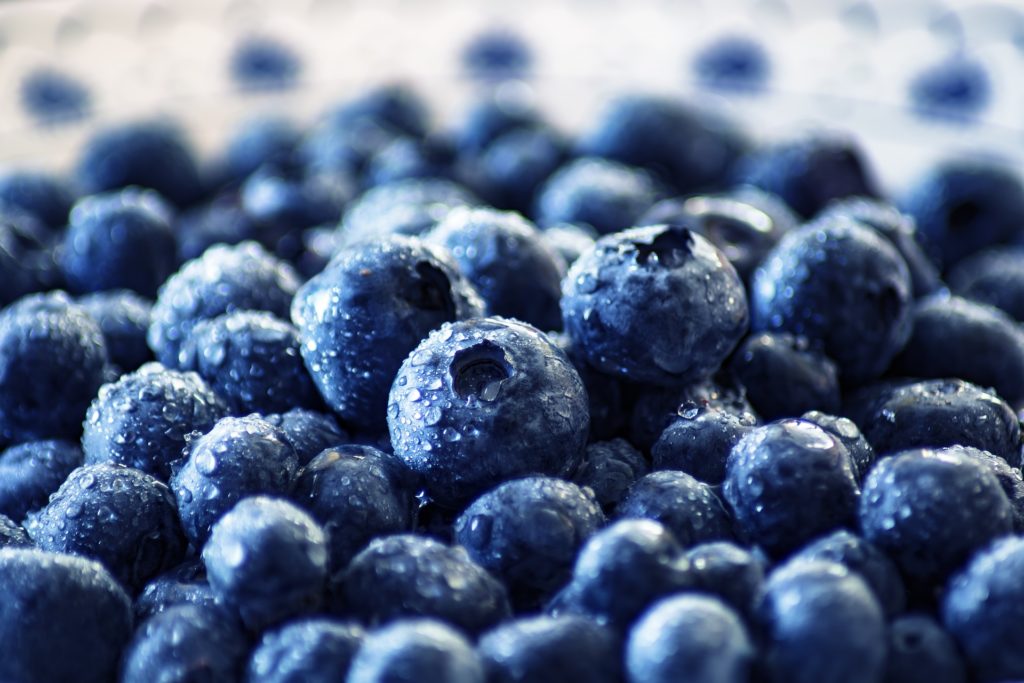
Cataract is a disease in which the lens in the eye becomes cloudy due to various causes, making objects appear cloudy. Although there are cases where it is congenitally caused by genetic causes or rubella infection in early pregnancy, acquired cataracts, which are caused by aging, trauma, toxins, and inflammation, account for most. In addition, diseases such as diabetes, lifestyle factors such as smoking and drinking, and excessive exposure to UV rays are also known as factors affecting the occurrence. In particular, senile cataract, which occurs as a part of aging, is reported as a disease with a high incidence, accounting for more than half of those in their 60s. In general, cataracts progress slowly over months to years, and in the early stages of the onset, there are often no symptoms. However, over time, a variable degree of visual loss occurs depending on the degree, extent, and location of the opacity of the lens. In addition, various symptoms such as light blur, where the light is spread out, can be seen clearly at a close distance, hard to see objects at a distance, and diplopia, in which two or more objects can be seen. To prevent these cataracts, it is recommended to reduce excessive use of smart devices that cause visual impairment and decline, refrain from prolonged exposure to UV rays, and reduce excessive intake of fatty foods and fast foods high in saturated fatty acids, salt, and sugar. In addition, eating a variety of foods that support eye health also plays an important role in preventing and relieving symptoms of cataracts. So, let’s take a look at some of the foods that are effective in helping relieve the symptoms of cataracts.
Foods that are good for cataracts
1. Carrot
Carrots are a representative food that is excellent for the prevention and management of cataracts. Carrots contain the highest amount of beta-carotene among green-yellow vegetables. This beta-carotene component is converted into vitamin A during the process of absorption into the body, which is good for eye health and preventing vision loss. In addition, carrots contain lutein and lycopene, both of which are excellent for eye health, which are beneficial in preventing eye aging and helping to supply abundant nutrients to the eyes. Carrot’s excellent eye health promotion effect is excellent in helping to prevent cataracts as well as various eye diseases such as dry eye syndrome and night blindness.
2. Green Vegetables
Green vegetables such as spinach, kale, and chard are also effective in preventing cataracts by helping to promote eye health. Green vegetables are rich in lutein, a component of the carotenoid family. This lutein component is a component accumulated in the retina and lens, and it helps to reduce the incidence of macular degeneration that causes cataracts by increasing the density of macular pigment. In addition, lutein, which is abundant in green vegetables, can be expected to have a good effect in protecting the eyes by absorbing ultraviolet light or blue light exposed from the outside.
3. Blueberries
Blueberries, one of the top 10 superfoods by Time magazine, are also included in the list of foods that are good for cataracts. The anthocyanin component, which is abundantly contained in blueberries, is said to be effective in preventing cataracts by preventing the aging of eye proteins. In addition, anthocyanins, a rich antioxidant contained in blueberries, are excellent in promoting the resynthesis of rhodopsin, a type of light-sensing photopigment located in the retina of the eye, to prevent eye damage and prevent presbyopia. In addition, the excellent antioxidant activity of blueberries helps prevent skin aging, and has excellent effects on strengthening immunity and improving blood vessel health. Please note that not only blueberries, but also various berry fruits such as bilberry, acai berry, and aronia are excellent for improving eye health and preventing cataracts.
4. Pumpkin
Pumpkin is rich in vitamin A, which prevents aging of the eyes and protects eyesight, which has an excellent effect in preventing various eye-related diseases such as cataracts, dry eye syndrome, and night blindness. In addition, beta-carotene, which is abundant in pumpkin, is a component of provitamin A, which is converted to vitamin A, which prevents the aging of the lens and protects the retina, so it has a good effect in preventing cataracts and slowing the progression of cataracts.
5. Eggs
Eggs are also called complete foods because they contain high-quality protein, vitamins, minerals, and essential amino acids in a balanced way. It is rich in ingredients that are good for eye health, such as lutein and zeaxanthin, and it is said that it can help prevent cataracts by protecting the eyes from degeneration caused by cell aging. Eggs are also known to have a good effect in helping to prevent macular degeneration, which decreases vision as the function of the macula decreases due to genetic factors, aging, inflammation, and toxicity.
Other foods that are good for cataracts
In addition to the various foods introduced above, citrus fruits such as oranges, fish such as salmon, tuna and mackerel, and other foods such as broccoli, nuts, and seaweed also help promote eye health and are effective in preventing cataracts. Please.










